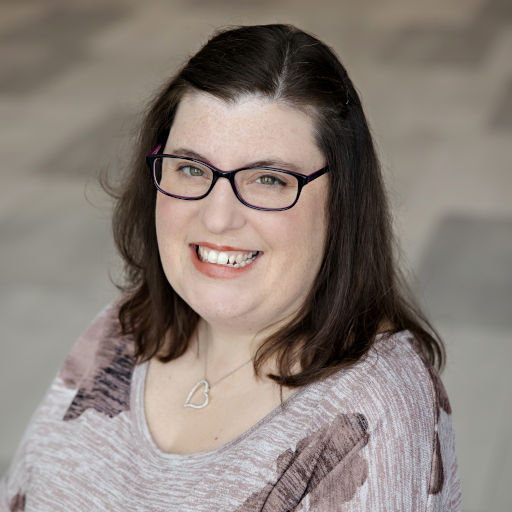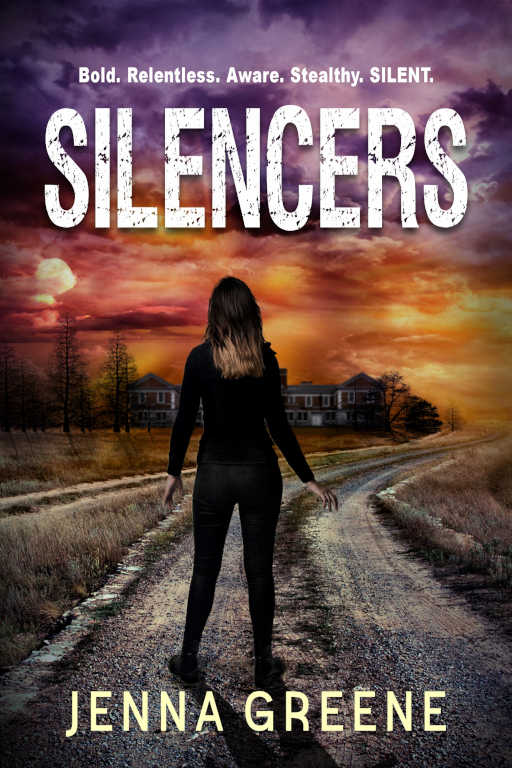The 4 types of conflict that will make your story pop
 This author explains how layering conflict throughout your story can transform it from a ho-hum tale into a thrill ride readers will love.
This author explains how layering conflict throughout your story can transform it from a ho-hum tale into a thrill ride readers will love.
by Jenna Greene
I get it. I’m a fantasy writer, after all. That means I love the moment where the protagonist defeats the villain, whether that be mad sorcerer or haunted dragon, evil king, or usurping queen. It’s intense, climactic, wonderous in every moment.
 But understanding conflict, and how to weave it into every element in your writing, can make that final, concluding battle that much more powerful.
But understanding conflict, and how to weave it into every element in your writing, can make that final, concluding battle that much more powerful.
Did you know there are four main types of conflict? Main, of course, because every atom has protons and neutrons inside. (At least, I think so. I failed as a scientist. My father would be so ashamed). In terms of external conflict, there is character versus character, character versus nature, and character versus society.
We tend to think of external conflict first, and different genres lean toward certain kinds. I’m a dystopian author, so of course I love delving into the battle of a character against an unjust society. Adventure books tend to pit people against hurricanes, tornadoes, and the occasional volcano. And nearly every story has a foe to pit its character against.
Books & Buzz Magazine is where writing pros spill their secrets! Subscribe now for free
Not always as obvious, though just as important, is inner conflict. The character-versus-self moment: when Katniss Everdeen must decide whether she will kill in the Hunger Games to save her own skin or when Luke Skywalker tries not to succumb to the dark side of the Force.
Speaking of Star Wars, there’s a reason that climactic battle at the end of Return of the Jedi works so well. Luke must battle the emperor and his feelings toward his father. Meanwhile, you have chaotic battles above and below, where Luke’s friends are facing death at every turn, to evade the consequences of a fatal Death Star. There’s every type of conflict mixed together—and Ewoks too!
Keeping a character dangling between the precipice of hero and villain is riveting, and perhaps truer to life than we might think.
Not every scene in a book must have every type of conflict all wrapped into the same moment, but most books will have all four woven throughout, sometimes overlapping. And honestly, the internal conflict can sometimes be the most thrilling part of the reading ride. Yes, it’s great for heros to learn to use their power. It’s better that they question how and why they were given this power and grapple with when to use it. Keeping a character dangling between the precipice of hero and villain is riveting, and perhaps truer to life than we might think.
Characters aren’t perfect because people aren’t, and characters reflect humanity. They should make poor decisions occasionally, then face the consequences of their actions. They should come into conflict with others in the story, whether those be major foes or just people who bring up a point the hero isn’t ready to hear or willing to believe.
Let’s circle back to dystopian literature for a moment. Yes, it’s character versus society, in terms of classification. But in any dystopian government, there are the people who stand on the side of evil, whether they know it or not. There are the power-hungry who want to stay in command. There are those who are naive or deceived. There are the “guardians of their own gilded cages” who want to protect what little freedom they have, asserting their power over others just to prove they have some. And there are those who know their society is evil yet haven’t the courage to stand up against it.
Now, place your protagonist in that dystopian world. Think about all the layers that exist, and all the “character versus” conflict they could likely face. Suddenly your story is becoming richer, fuller, more realistic.
You could start a story about a tsunami about to crush a village with everyone believing the protagonist’s warning right away, but more suspense is added when the hero needs to convince everyone about the danger, just as badly as he or she needs them to escape from it. Add in someone who wants to help (but not in the right way), societal regulation that prevents proper aid … and what a thrilling ride.
I’m not saying I excel at this every time I sit down at my computer. Sometimes I find myself throwing characters from one foe to the next, never giving them time to pause, analyze, debate (i.e., argue). I have to remind myself to find a better balance between types of conflict or to remind my audience of the overarching menace in between battles against all sorts of other problems. Still, it’s good to make a note of the types of conflict, placing it somewhere visible. This allows you to incorporate all the possible threads of antagonism that a story can possibly hold.
And isn’t that a good tale?
 Jenna Greene is a young adult/children’s author and elementary school teacher from Alberta, Canada. When she isn’t reading or writing, she enjoys dance and dragonboat racing. Jenna is known for her Reborn Marks series, Imagine series, and picture books.
Jenna Greene is a young adult/children’s author and elementary school teacher from Alberta, Canada. When she isn’t reading or writing, she enjoys dance and dragonboat racing. Jenna is known for her Reborn Marks series, Imagine series, and picture books.
Visit Jenna on her website, and connect with her on Facebook, Instagram, and X.